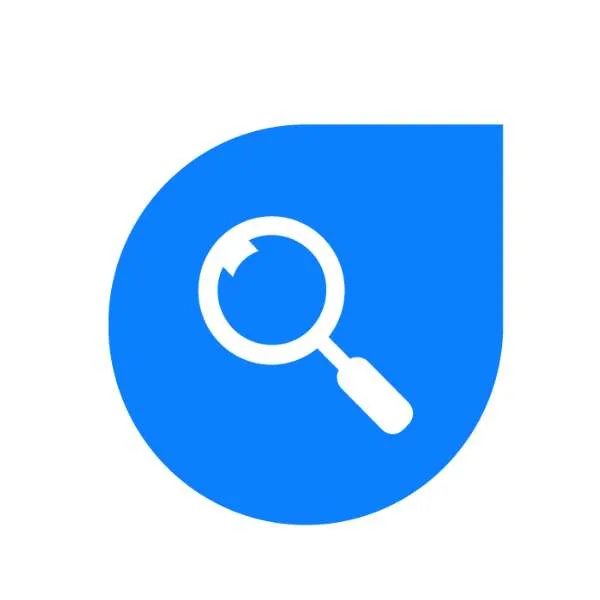5 tax traps to avoid when working from home

Want to claim home office expenses in 2020? Finance expert Natasha Janssens takes us through 5 key issues to keep in mind when you're submitting your next tax return.
The Australian Taxation Office (ATO) has introduced a new shortcut method of claiming work-from-home expenses during COVID-19 that applies from 1 March 2020 to 30 June 2020. During this period, those working from home can claim a tax deduction of 80 cents for every hour worked from home (an increase from the conventional method that allows a deduction of 52 cents per hour).
With an expected surge in the number of people claiming work-from-home tax deductions, you can be sure that the ATO is going to be monitoring this area closer than usual.
So, if you plan on claiming a tax deduction using the new shortcut method, here are some common mistakes you should avoid when the tax man comes knocking.
1. Double dipping
If you use the shortcut method, it's important to note that you cannot claim additional expenses such as the work-related portion of your energy, telephone and Internet bills, or the depreciation of your laptop or home office furniture, as these have already been factored into the rate.
You also cannot claim expenses that your employer has reimbursed you for (such as stationery). And you definitely cannot claim things like toilet paper, tea, coffee and snacks (which are likely items your workplace would generally provide).
If you wanted to claim tax deductions for individual work-from-home expenses or portions of your bills, you could consider using either the fixed rate or actual cost method instead of the shortcut method.
2. Claiming rent or mortgage repayments
It's easy to assume that if you work from home that you are entitled to claim a portion of your rent or mortgage payments (and other costs such as home insurance and rates).
Unfortunately, the ATO is very clear that unless the area has the character of a place of business and is "not suitable for domestic use" (such as a hairdresser's salon, a photography studio, a catering kitchen) you cannot claim occupancy expenses.
3. Forgetting to keep records
Claiming home office expenses requires keeping detailed records of the dates and hours that you worked from home (such as diary entries or timesheets).
During the coronavirus pandemic, the ATO recommends keeping two sets of records:
- A four week-representative journal of the hours you normally worked from home during the remainder of the year (e.g. one day a week).
- The actual hours you have worked from home for the duration of the pandemic.
The ATO also advises that you must include the note "COVID-hourly rate" when you lodge your 2019–20 tax return and use the shortcut method to calculate your work-from-home expenses.
4. Not comparing the methods
For the period 1 March to 30 June 2020 you have a choice of whether to use the new shortcut method or the previous conventional method, depending on which will give you a larger tax deduction. Unless you are working from your living room or dining table, it is possible that using the old conventional method will result in a larger tax deduction for you as it is based on actual expenses incurred.
While the conventional method can be more involved to claim with and requires additional record keeping, it may be worth the effort if it results in a larger tax deduction for you. Make sure you compare the two methods to see which one will make financial sense for you, and if in doubt, speak to an accountant or tax agent.
5. Not making any claim
Arguably the biggest mistake you could make is not to claim any deduction for work-from-home expenses. On the surface it may seem like 80 cents an hour is not very much, but over a 2- to 3-month period it can add up to a few hundred dollars. And if you and your partner are both working from home, then it could be over $500 combined. So make sure you gather all your information in preparation for tax time.
If in doubt about what you can and can't claim, it is best that you speak with your accountant or tax adviser. You can also visit ato.gov.au if you want more information on working-from-home tax deductions and tax returns.
Natasha Janssens is the author of Wonder Woman's Guide to Money and an award-winning finance expert. After arriving in Australia as an 18-year-old refugee without her family, Natasha learned firsthand the complexities of navigating the Australian financial system and the challenges faced by Australian women. She has gone on to become a qualified accountant, mortgage broker, financial planner and is the founder and director of Sova Financial. Her passion for education and helping others also led her to start Women with Cents – an online community dedicated to empowering Australian women through education. Natasha is a regular contributor in the media, with her advice being featured in numerous media outlets such as Elle magazine, The Sydney Morning Herald, ABC Radio, Mamamia and Today Tonight.
Disclaimer: The views and opinions expressed in this article (which may be subject to change without notice) are solely those of the author and do not necessarily reflect those of Finder and its employees. The information contained in this article is not intended to be and does not constitute financial advice, investment advice, trading advice or any other advice or recommendation of any sort. Neither the author nor Finder have taken into account your personal circumstances. You should seek professional advice before making any further decisions based on this information.
Read more Finder X columns
- Budget blunders: 13 money mistakes costing Australians
- Starting the year off… weak: How the Aussie dollar crash could affect you
- I asked the experts, amateurs, AI and my mum for their 2025 crypto price predictions
- Money hacks to save up to $3,600 in 2025
- Poor mental health is forcing a shocking number of Aussies out of the workforce..for good.
Image credits: Getty Images, Supplied (Natasha Janssens)
